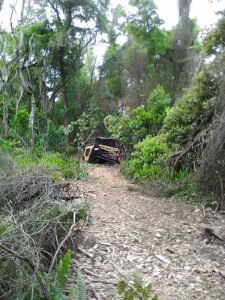
Greetings, subscribers. As you probably know, recently Florida’s Gulf Coast and beyond suffered major damage from Hurricane Idalia. We live near Orlando, and only had some rain; however, in severely affected areas, included in that hurricane damage were many trees. How can trees recover?
Often, that job is up to knowledgeable humans who care about the environment, like a dear friend of mine. Today, in this series on Caring for Mother Nature, my friend the naturalist and author, Peggy Sias Lantz. shares how she restored a cherished wooded area on her Florida property. It was not damaged due to a hurricane, but similar remedial work such as Peggy did may be done in that situation, too.
Restoring a Longleaf Pine Forest
When Don [Peggy’s late husband] and I and my parents bought the five acres of woods near Lake Lucy, [Florida] it contained a number of species appropriate to an upland sandhill, which is a vanishing Florida habitat. It included Rosemary and Lupine and two turkey oaks. There was a young longleaf pine about three feet tall and one about 12 feet tall among a large number of aged pines. There was even an old pine that once had been vee-cut for turpentine many years ago. A few twisty live oaks were there, too.
I thought the woods was beautiful. At one time we planned to build a house in it. But when we returned to Florida, a house was for sale closer to the lake and right beside the woods, so the woods remained uncut.
It was open enough to make a trail to ride my horse through. Owls and the Chuck-wills-widow nested there. Opossums and coachwhip snakes lived there. The Carolina jessamine bloomed in the trees in the winter and butterflies flitted through.
Then my horse died and I stopped riding. Cherry laurel trees and air potatoes and Australian oaks encroached and buried my trails, and the sandhill plants were shaded out. Even the young pines and some of the old ones died.
I checked with the Forest Service about burning it, which is what a longleaf pine woods needs to reproduce, but the nearby road was being widened and more houses were built, making burning a problem.
And the piney woods turned into a jungle.
I mourned. And then I decided to restore it.
Photo gallery of Peggy’s forest restoration project
Click on the first photo to get the show going and read captions.
Thanks for reading!
Your writer on the wing,
Charlene

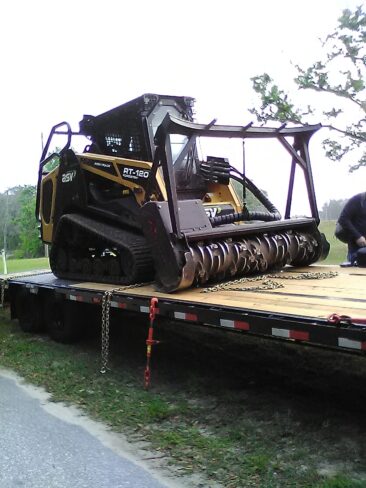
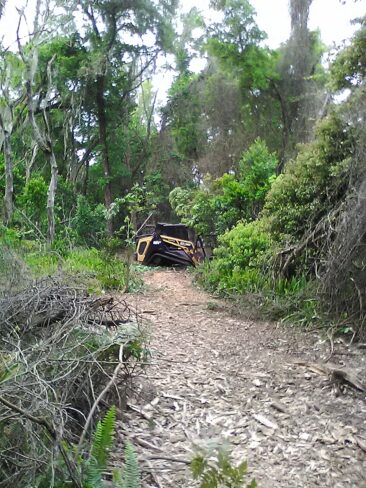
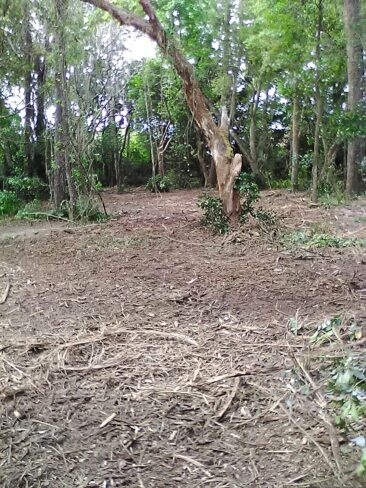
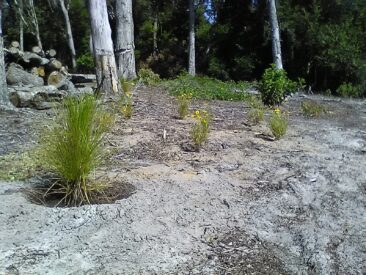






Kathleen Brandt
This was fascinating! Thanks, Charlene and Peggy.
Linda
Thank you, Charlene, and thank you, Peggy, for loving the land!